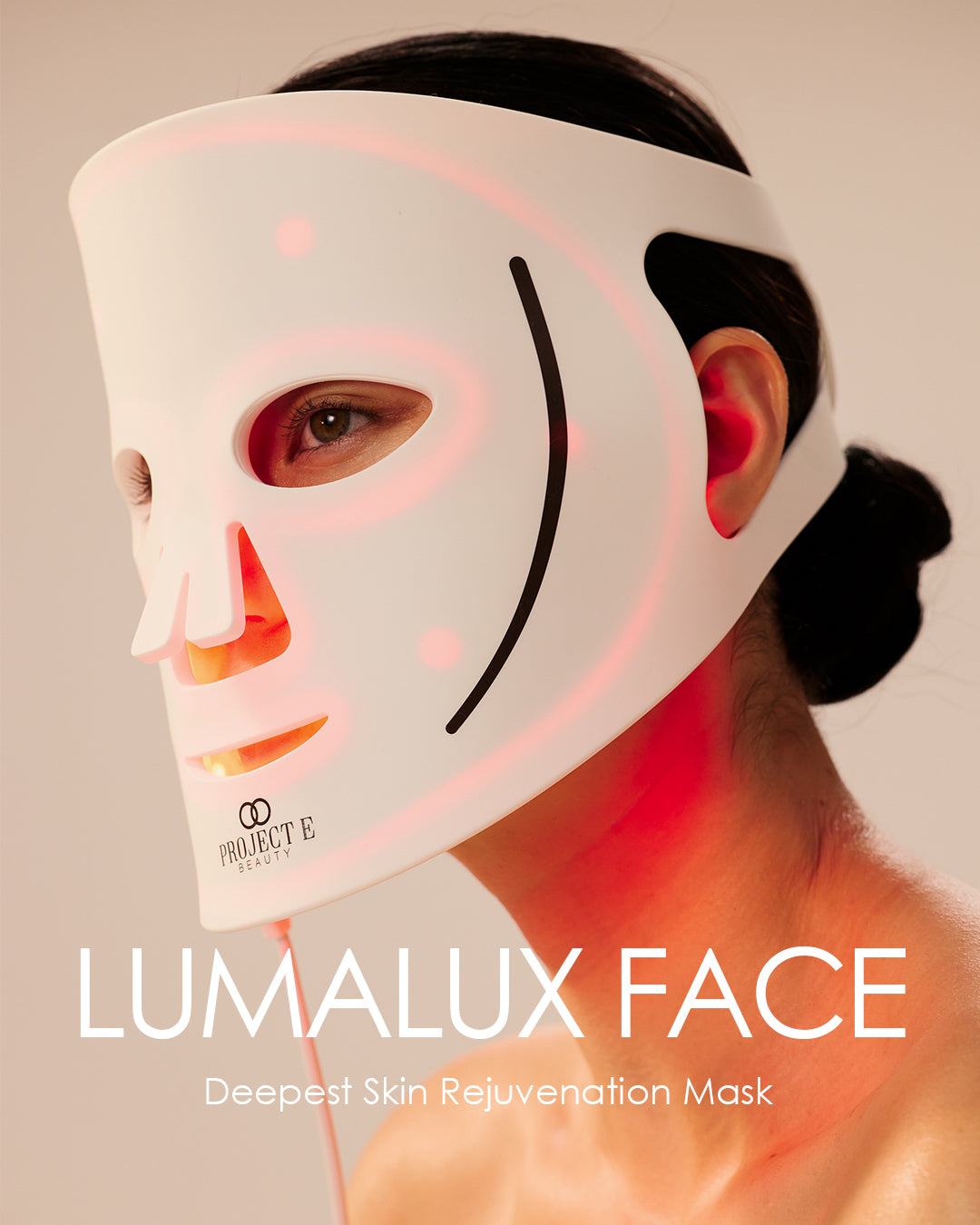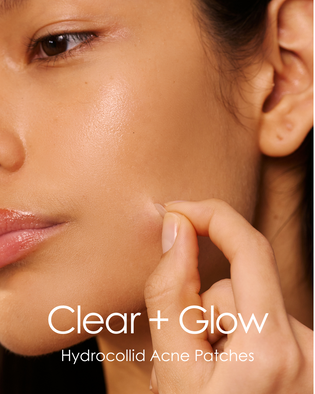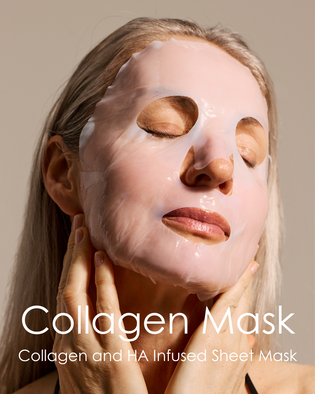
What is the Difference Between Photobiomodulation and Red Light Therapy?
IN THIS ARTICLE:
- 01 Is PBM The Same As Red Light Therapy
- 02 What is Photobiomodulation
- 03 What are the Different Types of Photobiomodulation
- 04 What is the Difference Between Laser and LED Light Therapy
- 05 Is Infrared Light Considered Photobiomodulation
- 06 The Takeaway
We need light to function; it is essential for the performance of many bodily processes, including metabolism, circadian rhythm, and hormone production. It is also important for emotional regulation, energy production, cognitive performance, and more. It's useful to think of light as an essential nutrient, and like some other nutrients, it is not always readily available and may require supplementation in the form of artificial light sources. A lack of light can lead to many health problems, including vitamin D deficiency and reduced physical and cognitive performance
Decoding science jargon may not be at the top of our priority list when it comes to enhancing skin health, but understanding certain terms helps us research and interpret the mechanisms surrounding advancing beauty tech and keep us ahead of the curve. A term often encountered in this realm is Photobiomodulation (PBM). While often used interchangeably with red light therapy, these terms are not synonymous. Understanding the distinctions between them helps consumers and professionals make informed choices.
Is PBM the same as red light therapy
No, photobiomodulation (PBM) is not the same as red light therapy, although they can be appropriately used interchangeably in the literature when referring to therapeutic application of light, particularly in scientific studies. PBM is an umbrella term for the therapeutic use of light across various wavelengths to stimulate or modulate biological processes. In contrast, red light therapy (RLT) specifically refers to the use of red (typically 630nm to 660nm) and near-infrared (up to 850nm or beyond) wavelengths, generally delivered via LEDs or low-level lasers, to promote cellular energy production and tissue repair.
In other words, all red light therapy is photobiomodulation, but not all photobiomodulation is red light therapy. Red is not the only color or wavelength on the light spectrum with therapeutic benefits; blue, green, yellow, cyan, purple, and infrared also have applications under the term 'photobiomodulation'.

What is Photobiomodulation?
A general definition of photobiomodulation is 'any use of light that triggers a biochemical response in the body'. The application of light wavelengths triggers a biochemical response by, for example, accelerating the healing process, controlling inflammatory responses, and repairing the body. Photobiomodulation refers to the overall process of applying light to the body, while LEDs and lasers are the mechanisms used to achieve this outcome. Photobiomodulation is also referred to as low-level laser therapy or low-level light therapy, depending on what mechanism is used. The multiple terms used for photobiomodulation stem from different researchers and clinicians adopting varied terminology, which has contributed to some confusion. But 'photobiomodulation' is widely accepted as the standard term.
What Are the Different Types of Photobiomodulation?
You may still hear alternative terms for photobiomodulation, as its applications can vary in method and mechanism. These include
- Red Light Therapy (LED or laser)
- Near-Infrared Therapy
- Blue Light Therapy (often for acne or bacterial issues)
- Cold Laser Therapy (LLLT)
- Monochromatic Infrared Energy (MIRE)
- Phototherapy and Soft Laser Therapy
- Laser Biostimulation

What is the Difference Between Laser and LED Light Therapy?

The difference between laser and LED light therapy typically lies in whether the light is coherent or incoherent and the intensity of the treatment. Light therapy can be delivered in an at-home device by either LEDs or lasers. While both devices may use the clinically proven 630 or 660nm red light wavelength, the mechanism is slightly different. Some devices, particularly red light therapy devices for hair growth, may combine both LEDs and lasers.
Lasers deliver more coherent, monochromatic light, making for a deeper and more targeted application of light. This makes them suitable for many medical applications where red light is required to focus on one specific area for pain management, for example. Lasers are very effective at reaching deeper tissues such as joints, nerves, and bone. LEDs, on the other hand, deliver a broader spectrum of incoherent light. LEDs emit light in a way that allows photons to scatter across a wider area, making them suitable for treating broader regions of the body. A photon is simply a basic unit of light energy. (See figure above). This is why LEDs are typically used in skin rejuvenation as they are deep enough to reach into the skin dermis to trigger the production of new collagen without damaging the skin. Laser light therapy can sometimes be referred to as 'cold laser light therapy'.
Is Infrared Light Considered Photobiomodulation?
Yes, infrared light also falls under the definition of photobiomodulation. Infrared light exists on the 'invisible' light spectrum. It is longer than red light and all other types of visible light and penetrates muscles, joints, and nerves. Infrared light is more often used as a healing therapy to treat pain, inflammation, recovery from exercise and injury, and even to promote better brain health. It is particularly adept at supporting the body's healing and regeneration process.
We have left a list of applications in medical and skincare settings on the chart below. This list does not claim to be conclusive, but it is indicative of the scope and effectiveness of the therapy.

The Takeaway:
Photobiomodulation is a broad and evolving field that bridges beauty, wellness, and medicine. Red light therapy, while a major player, is just one part of the PBM spectrum. By understanding the nuanced differences between PBM, red light, infrared light, and laser-based therapies, professionals and consumers alike can better harness the power of light to support cellular health, vitality, and rejuvenation.

written by Charlotte Rycroft














Leave a comment
This site is protected by hCaptcha and the hCaptcha Privacy Policy and Terms of Service apply.